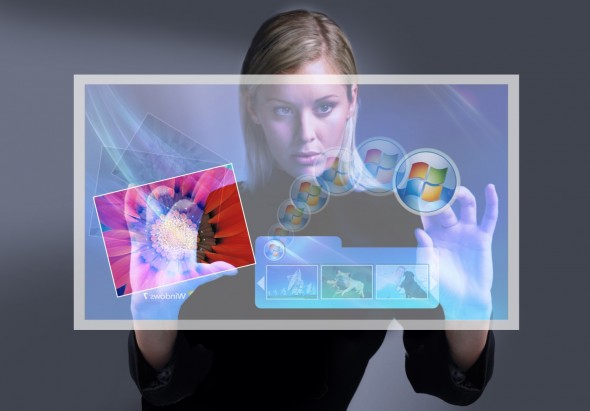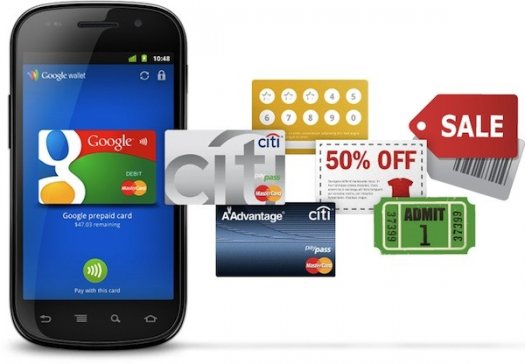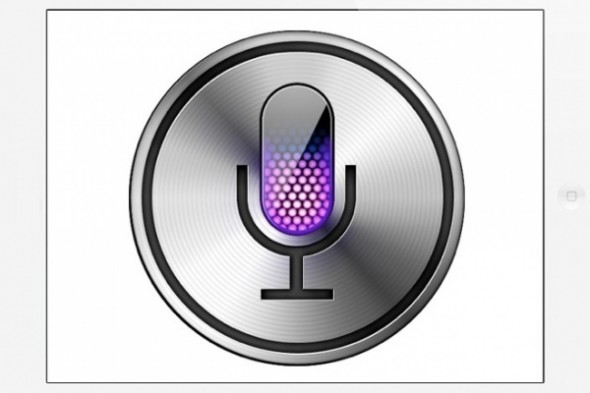Video
2012: A Communique of technology trends.
Recently, we have been thinking about the most popular technology trends seen worldwide. Here is our top-ten list of tech trends we have witnessed in the last year in no particular order:
1. Tablets and Touch-Screen Mania
Android Tablets and iPads are dominating 2012. People are now using these devices more than laptops and desktop computers in some cases. Are they making our lives easier? Yes and no. But, we think that this is the future for all computing. Just as CD’s replaced records and cassette tapes, we believe that eventually, touch computing will replace desktop and laptop computers altogether!
There are already a lot of signs that convince us of this already. For instance, Mac OS X Lion and Windows 8, the latest desktop operating systems borrow a lot from Android Tablets and the iPad, their mobile counterparts. These new operating systems essentially introduce a touchscreen-inspired interface. Most new cars are now even integrating touch screens to operate multiple functions in a vehicle.
Over time, mice will be obsolete, and mobile/touch operating systems will dominate.
2. Automatic Social Actions
People now expect to be able to share media effortlessly on their computers, smart phones, and tablets. This is now being innovated in 2012, not only through cloud computing, but through social media. Social gestures appear to be one of the leading trends of 2012. For those of you who may not know what I am referring to, you may recognize this on your Facebook news feed, with apps such as Spotify. Social gestures, or the “frictionless sharing” functionality, replaces the need to click a button to share media with your friends. Instead, applications are installed and allowed to share the media you listen to, watch, or read automatically with your social networks. Most apps are even allowed to share your location on a map automatically. Scary? Yes, Indeed.
If sharing becomes fully automatic, the volume of content on social networks will grow at an exponential rate. Our guess is that people will become more suspicious and conscious of the apps they use on social networking sites.
3. Cloud Computing
The technologies we use are increasingly cloud-based and delivered over many different networks. Photos, Videos, documents and other rich media are rapidly uploaded to different cloud-based storage such as Google Drive and Dropbox. Eventually, we believe that all cloud-based computing will have infinite capacity and be nearly free of charge.
4. TV Everywhere – Wherever and whenever.
With the ability to watch all your favorite shows online, you might think that cable is no longer necessary. Not so fast.
Cable companies have been very smart with their approach to staying alive. Verizon FiOS, Dish Network, Time Warner and Comcast are developing services that allow you to watch live TV Events and on-demand movies and TV shows effortlessly on your connected devices, as long as you keep your cable subscription.

With the rise of tablets and other smart devices, “TV in your hands” is now possible.
5. NFC Commerce
We remember when online shopping was first made available and everyone was so skeptical to use their credit cards with online checkouts. Now, people are using their smart phones to pay for Starbucks everyday.
Near Field Communication (NFC) commerce now allows for mobile payments to replace systems such as credit cards for purchases. For example, Google Wallet allows consumers to store credit card and store loyalty card information in a virtual wallet. Is this the start of a virtual economy? It may be inevitable.
6. The Internet and Education
The Internet is constantly being used as a tool to teach, challenging us to rethink learning and education. We believe that literacy and reading optimization is key before even introducing the Internet into any curriculum. Institutions, educators, and students must consider the value and power that each adds in a world where information is at our fingertips. However the ability to think logically, and to access the credibility of the information we find are most important.
7. Reading E-Books
Libraries are now re-imagining their mission with the success of E-books. Over 20% of Americans are now reading E-books on a variety of devices. They are also reading an average of 8 books more per year than people not reading E-Books.

The conversation about libraries in the digital age has begun. At the moment, some publishers aren’t even willing to sell e-books to libraries. More libraries are implementing E-books, but a lot of traditional ones are not. We think the future of books will mostly be available electronically, and if libraries do not convert, they will not survive.
8. Voice Control Integration
Siri, the voice-control feature in the iPhone 4S, is now spreading to other devices, such as the Samsung Galaxy S3. Voice control has been seen in the past, however it has never worked more proficiently than this year, allowing you to send texts, create reminders, search the Web and much more using just your voice.
Siri and other voice applications will define a new era in which we can truly communicate and get in touch with our devices.
9. Gamification
The concept of applying game-design thinking to non-game applications to make them more fun and engaging. We are seeing more and more of this everywhere — achievements, leader boards, activity feeds, avatars, real-time feedback. This trend is also taking over in 2012. Businesses are now starting to implement this into the workplace to make workers more engaged with their progress. Deloitte’s annual technology trends report examines Gamification more in-depth:
10. What’s your favorite trend? Please add to the converstion below.


